Since ancient times, the hometown where each person was born has carried the name of the village or commune throughout their life. It is not only an identification, an address, a mailbox, but also contains the love for the homeland, the place where they were born and raised; the place to return to after fleeing from war, working far away, or even when they are far away from home in their old age, they still return to the village... for many people, the village is more important than anything else in their life journey.
Village name and cultural and religious origins
In each person, the homeland is a sacred and deep feeling, where all the memories and childhood memories are. The name of the village or commune is also the place to preserve historical memories, culture, local identity, and is the bond that connects people with their homeland. Due to the fluctuations of historical circumstances in each period and each regime, the administrative apparatus had to be rearranged many times, causing many villages, communes, streets, and wards to lose their names.
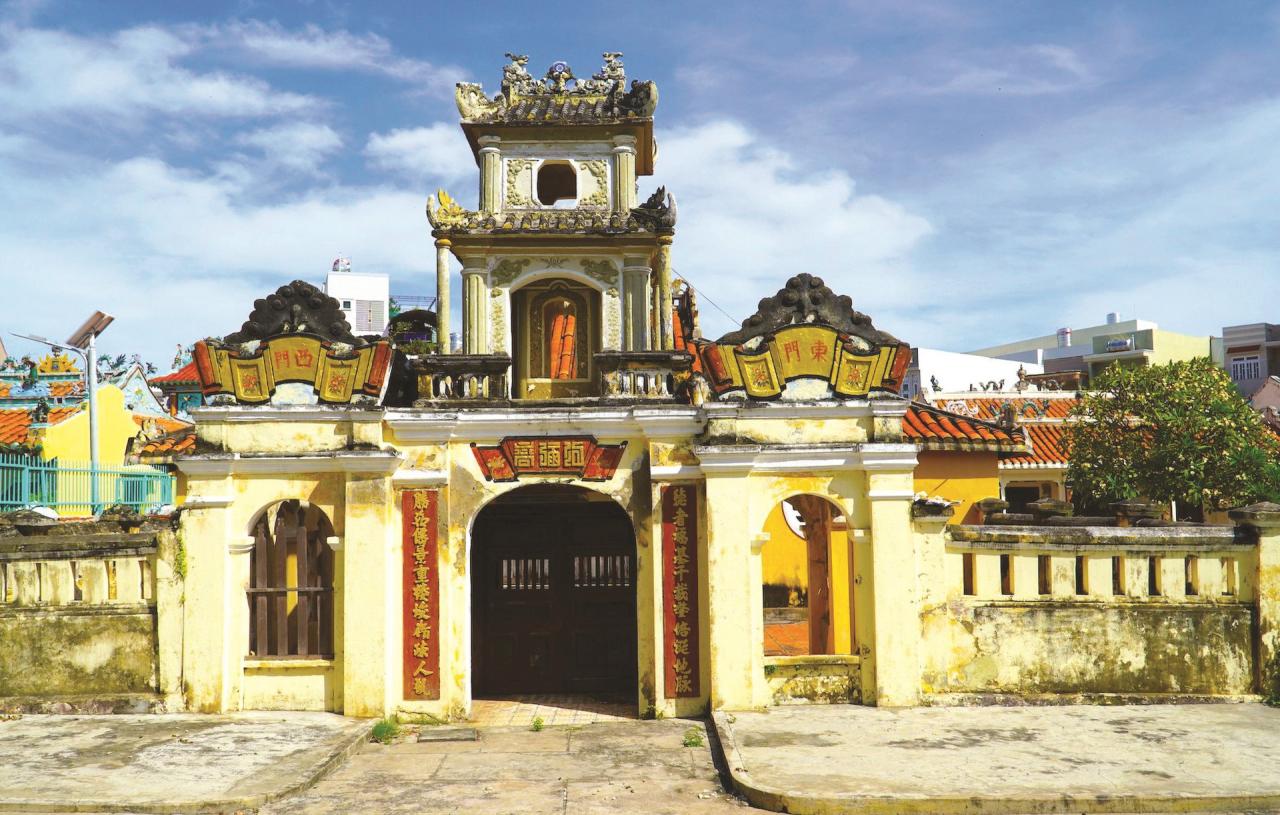
Many villages, communes, wards and towns have been separated and merged many times, losing or changing their names, but many villages and communes still retain their old names from the time when our ancestors founded the country until now. Ancient villages such as Binh An, Tuy Phong district; Xuan An, Xuan Hoi, Xuan Quang, Hoa Thuan... Bac Binh district; Duc Thang, Duc Nghia, Lac Dao... Phan Thiet and many other localities in the province. Depending on the occupation of the villagers, the culture and beliefs of the village have their own characteristics. When the residents there specialize in farming or are mostly farmers, the beliefs of those villages often have communal houses, pagodas, and shrines associated with appropriate rituals.
Ancient villages (or parts of villages) where the residents work in the sea often have the belief of worshiping whales and a system of mausoleums and temples with related rituals associated with a set time. Coastal villages from Tuy Phong, Bac Binh, Phan Thiet, La Gi and the most profound of this type are the villages in Phu Quy island district.
The ancient Cham people also had a system of village names that had been preserved for centuries, clearly and coherently associated with village culture and religious beliefs. For example, talking about Lac Tri (Palei Cawait), Tuy Tinh (Palei Plom), Binh Duc (Palei Gaok), Tinh My (Palei Canan) villages... are ancient Cham villages with Brahmanism.
Villages such as: Binh Minh (Palei Aia Maamih), Binh Thang (Palei Panat), Binh Hoa (Palei Dik), Canh Dien (Palei Cakak), Chau Hanh (Palei Caraih)... are ancient Cham villages with the Bani religion. In the past, when working in Cham villages, I heard the elderly talking to each other using the old village name in Cham language instead of using the new name. It is still the same today, because for them, the old village name is easy to remember and easy to say in their mother tongue. Every time the old village name is mentioned, it is like seeing the father, mother, grandparents and old festivals appear.
When asking some elders why the village names are in Vietnamese (Kinh) and when they started, many people do not know or remember. Some people believe that the Cham villages were renamed at the same time as the clans were renamed during the Nguyen Lords' time for convenience in land registers, taxes, etc. However, in the funeral orations of the dignitaries of both religions when performing rituals, most of them say the old village name, because if they say the new village name, they are afraid that the dignitaries will not know and return. For a part of the Cham people, the new village name is almost only valuable in administrative documents, real estate papers or postal addresses.
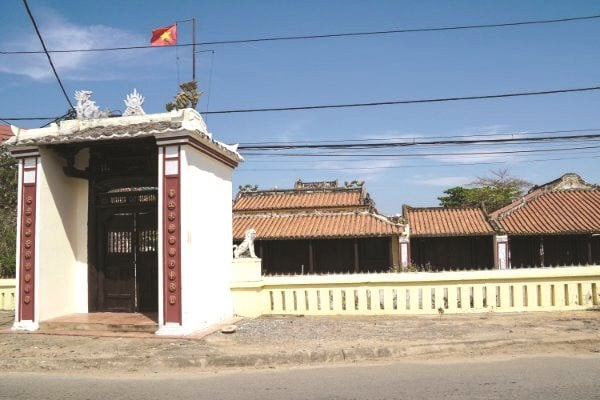
Don't lose your village name after the merger.
Currently, the Provincial People's Committee has a Master Plan for the arrangement of administrative units at the district and commune levels for the period 2023 - 2025, with a vision to 2030. The policy is to merge administrative units in some districts such as Bac Binh, Ham Thuan Bac, Ham Tan and Phan Thiet City, La Gi Town. In terms of socio -economics, merger means opening up new development space, suitable for the practical needs of the province and each locality. The merger in some localities is gradually gaining consensus among the people, although there are still names that are about to return to the memory when merging villages and neighborhoods and naming new villages and neighborhoods.
From a cultural perspective, the rearrangement of administrative units is a major policy of the province to streamline the apparatus. However, naming villages, communes, streets, and wards is not a simple problem; because familiar names are deeply ingrained in people's minds from birth, not just administrative names. There have been many places where, after the merger, new, stiff, forced, and unfamiliar names have been born, making people feel confused and even frustrated. Because in the connotation of the countryside, there are generations of cultural traditions crystallized in the names of land and villages; customs, habits, behaviors, psychology, and religious beliefs unique to the people of each locality. It is difficult to accept a new name that is not connected to the culture and beliefs of the old villages of many generations.
Also about the merger and name change that 250 years ago, Mr. Le Quy Don wrote in the book Phu Bien Tap Luc in 1776, said that when Lord Nguyen recruited people for the Bac Hai team, in addition to people from An Vinh commune on Cu Lao Re island, he only took people from Tu Chinh village, Binh Thuan government or Canh Duong commune ( Quang Binh ). Currently, the two above places still have the original village and commune names. As for Tu Chinh (Tu Chinh) village in Binh Thuan, the village name cannot be found in the field or in documents or papers.
In an article by journalist Phan Khoi published in Than Chung, Saigon, issue 94 (May 12 and 13, 1929), it was said that: A Cham village named Cang Rang near the sea (Tuy Phong district) specialized in fishing, but that profession is now in the hands of the Annamese. Thus, if we count from the year Phan Khoi came to 1929, in reality, it has only been 95 years, but an entire Cham village that has been fishing for generations has lost its name, location, and profession. Thanks to the article, we know that this is the last Cham village that works in the sea in Binh Thuan and in Vietnam.
In short, the name of the old village bears the mark of history for generations, is the pride of all people born and raised there, is the connection between the present and the past. A new name must have a deep meaning, be the pride of the people, have the ability to connect emotions, preserve the traditions of the ancestors, inspire the community, for today's and future generations.
Source



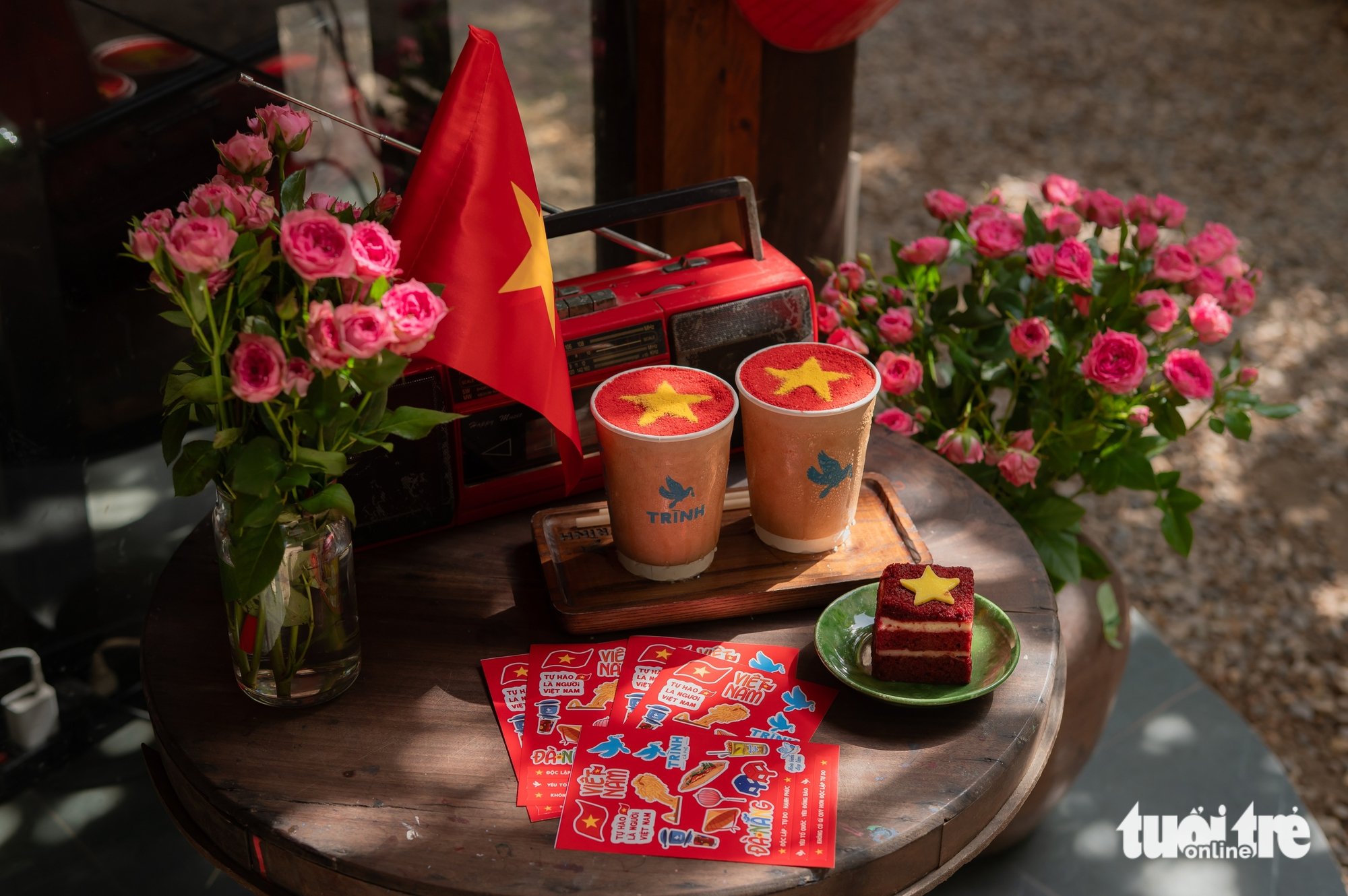
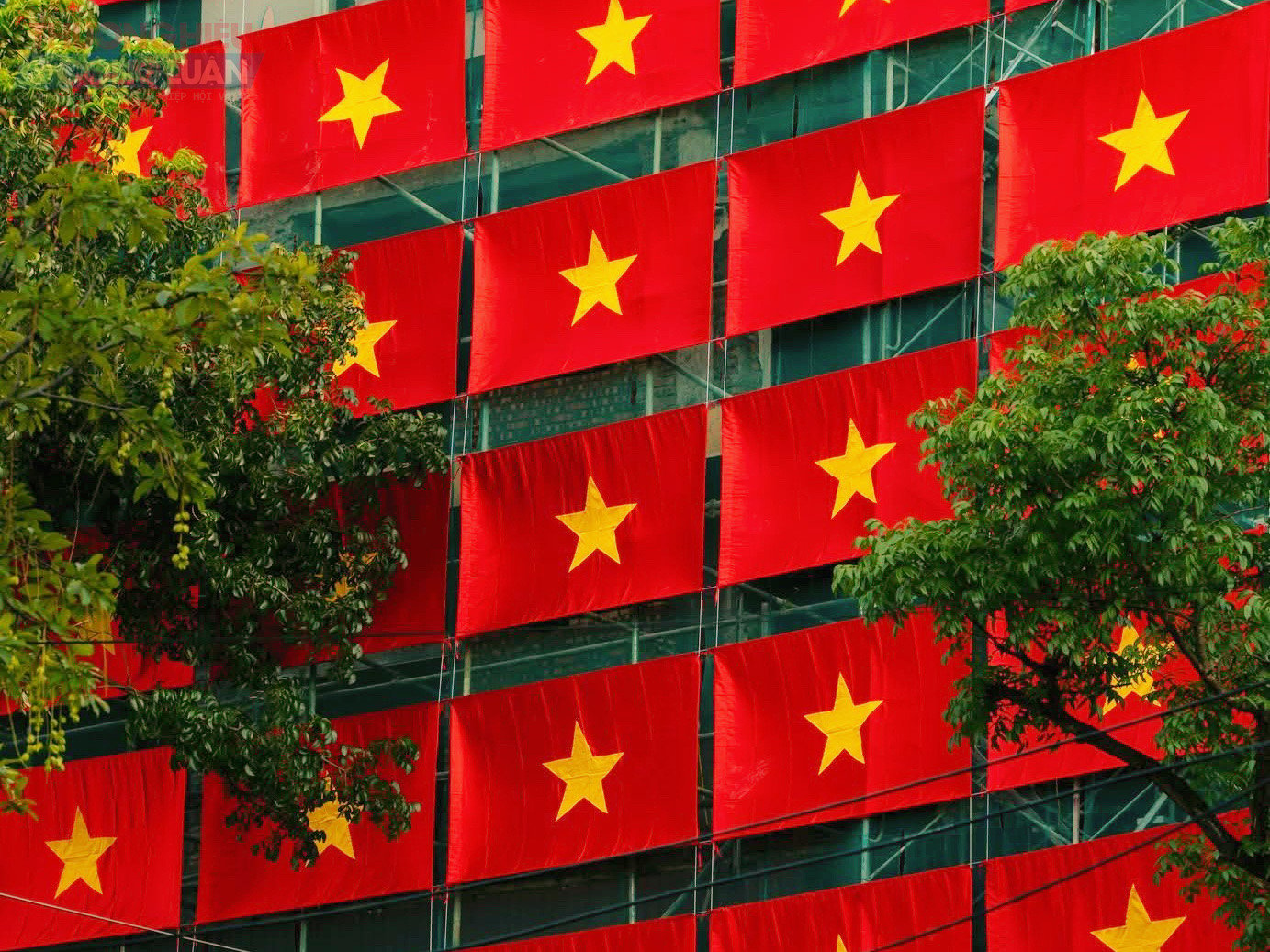
![[Photo] General Secretary To Lam attends the 80th anniversary of Vietnam's diplomacy](https://vstatic.vietnam.vn/vietnam/resource/IMAGE/2025/8/25/3dc715efdbf74937b6fe8072bac5cb30)
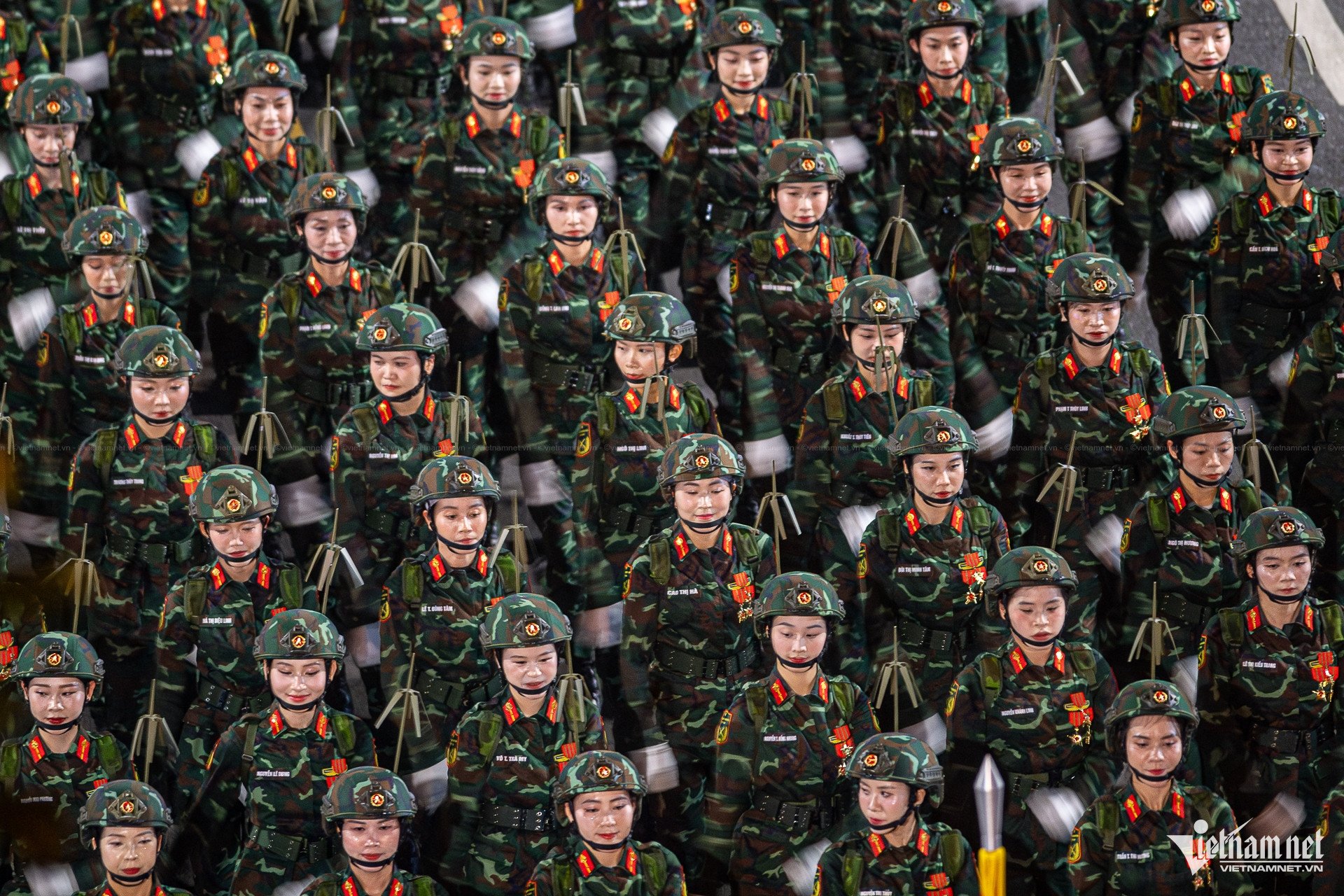
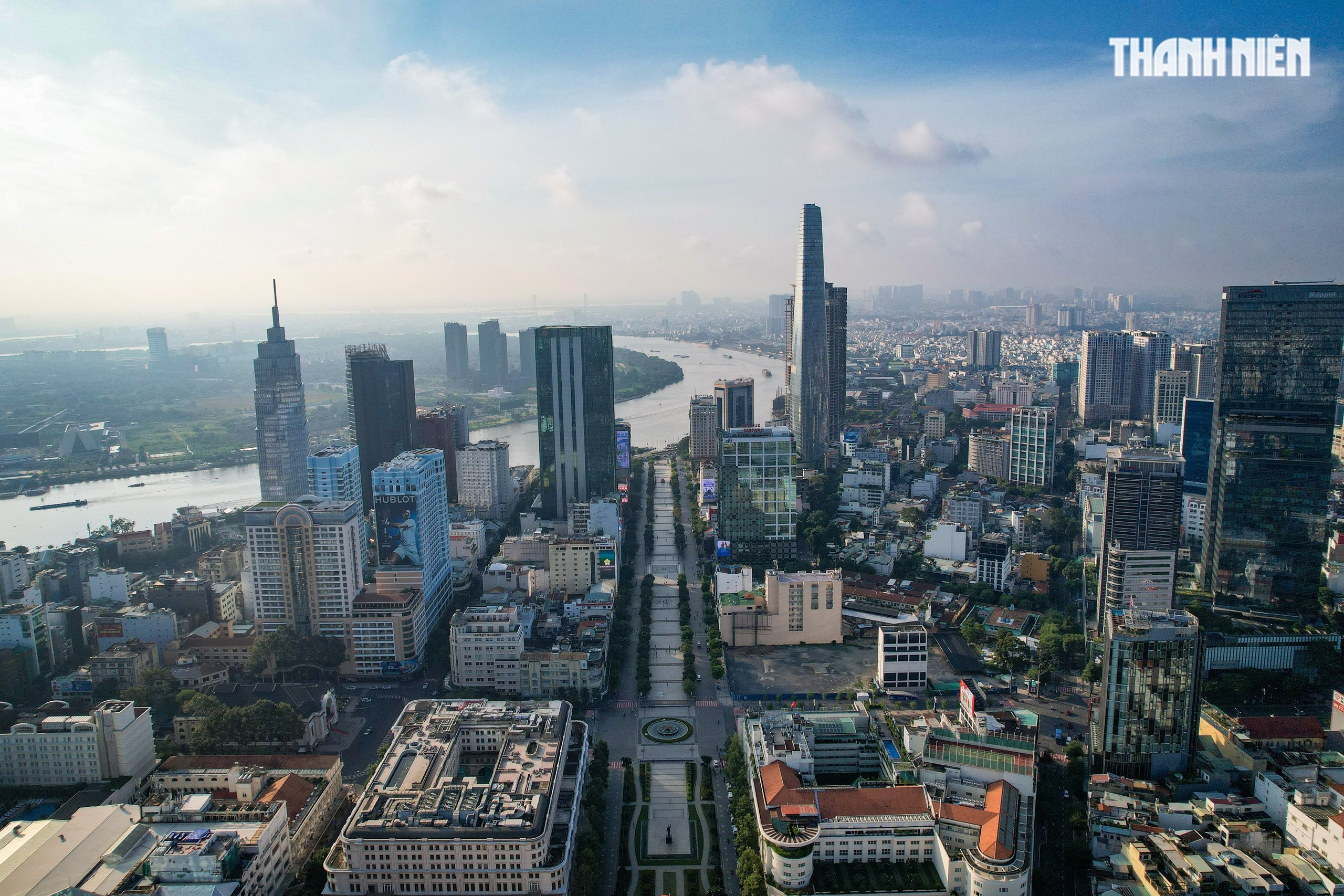
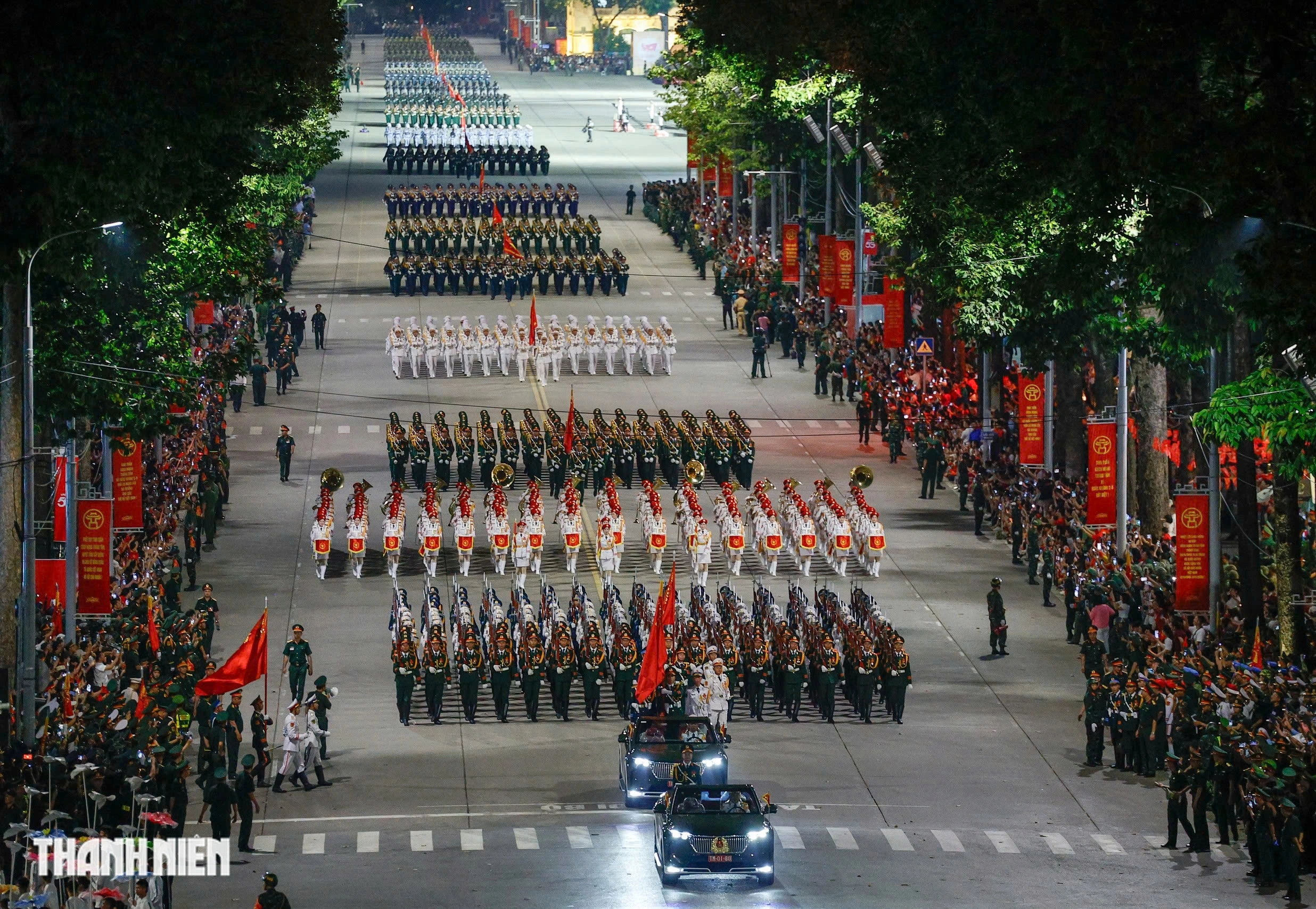
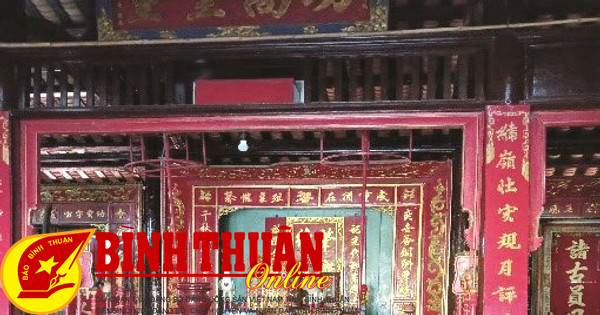
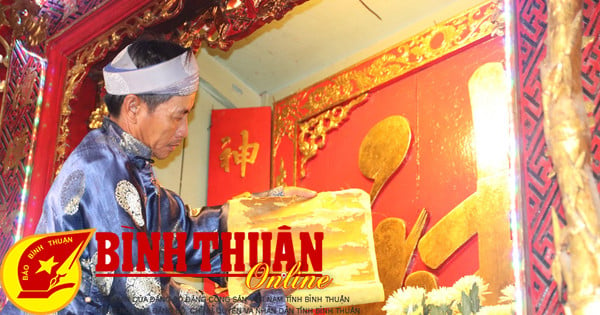

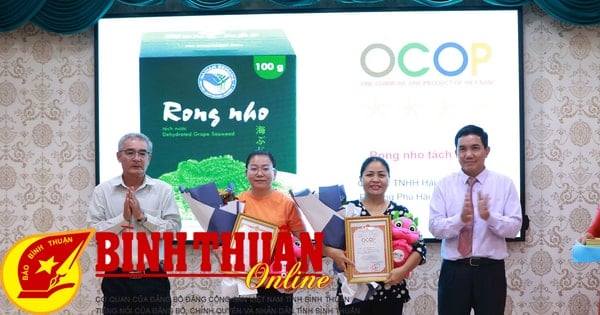


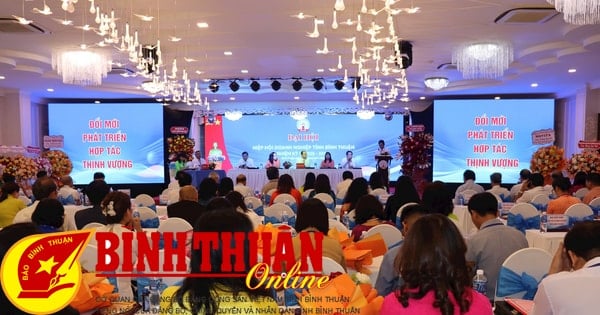
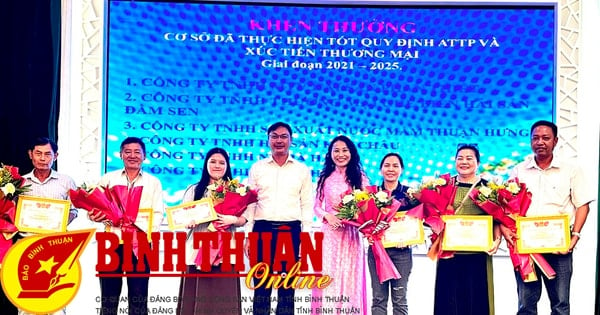

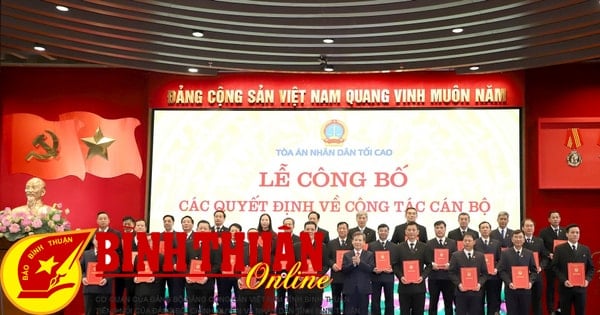




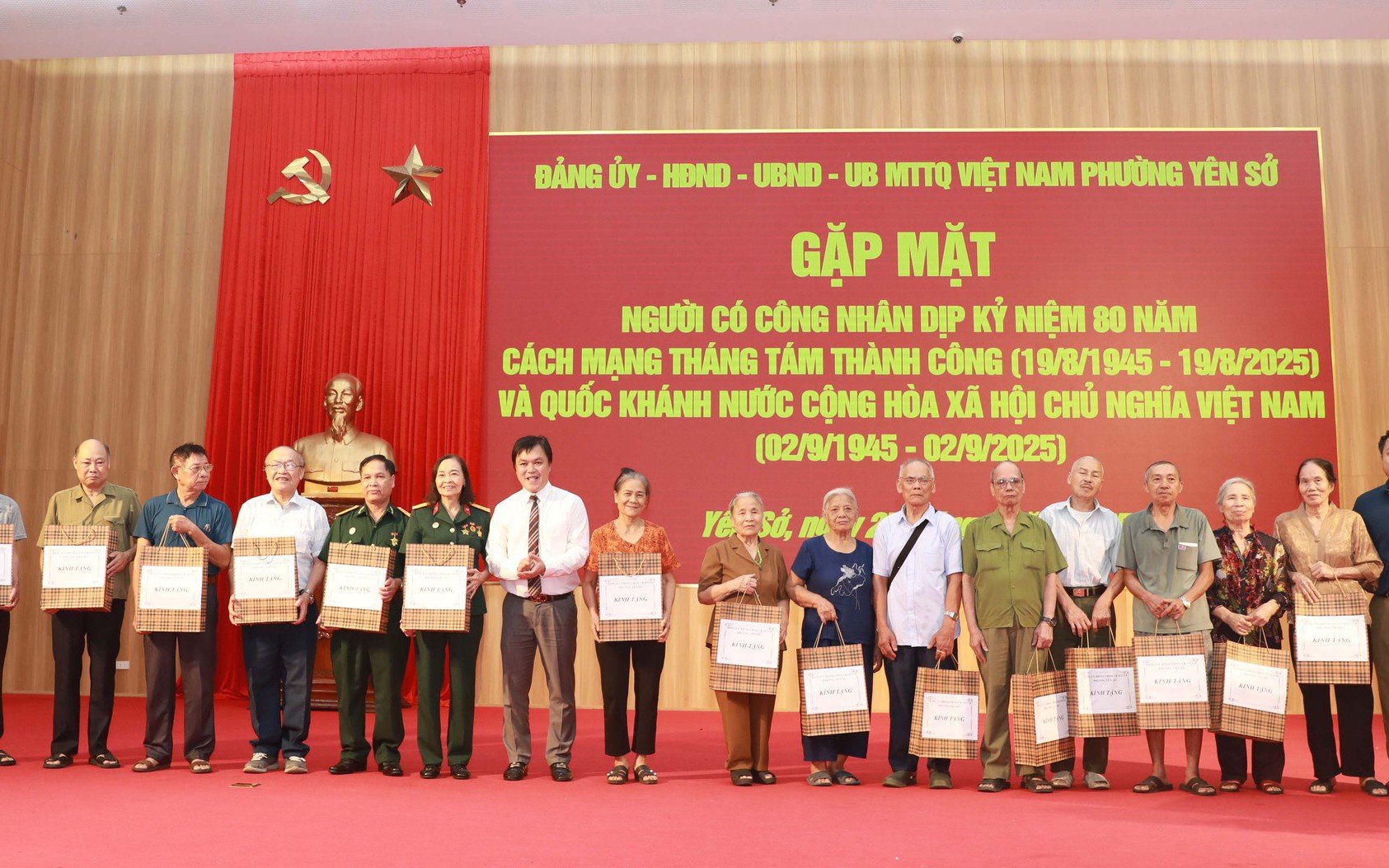
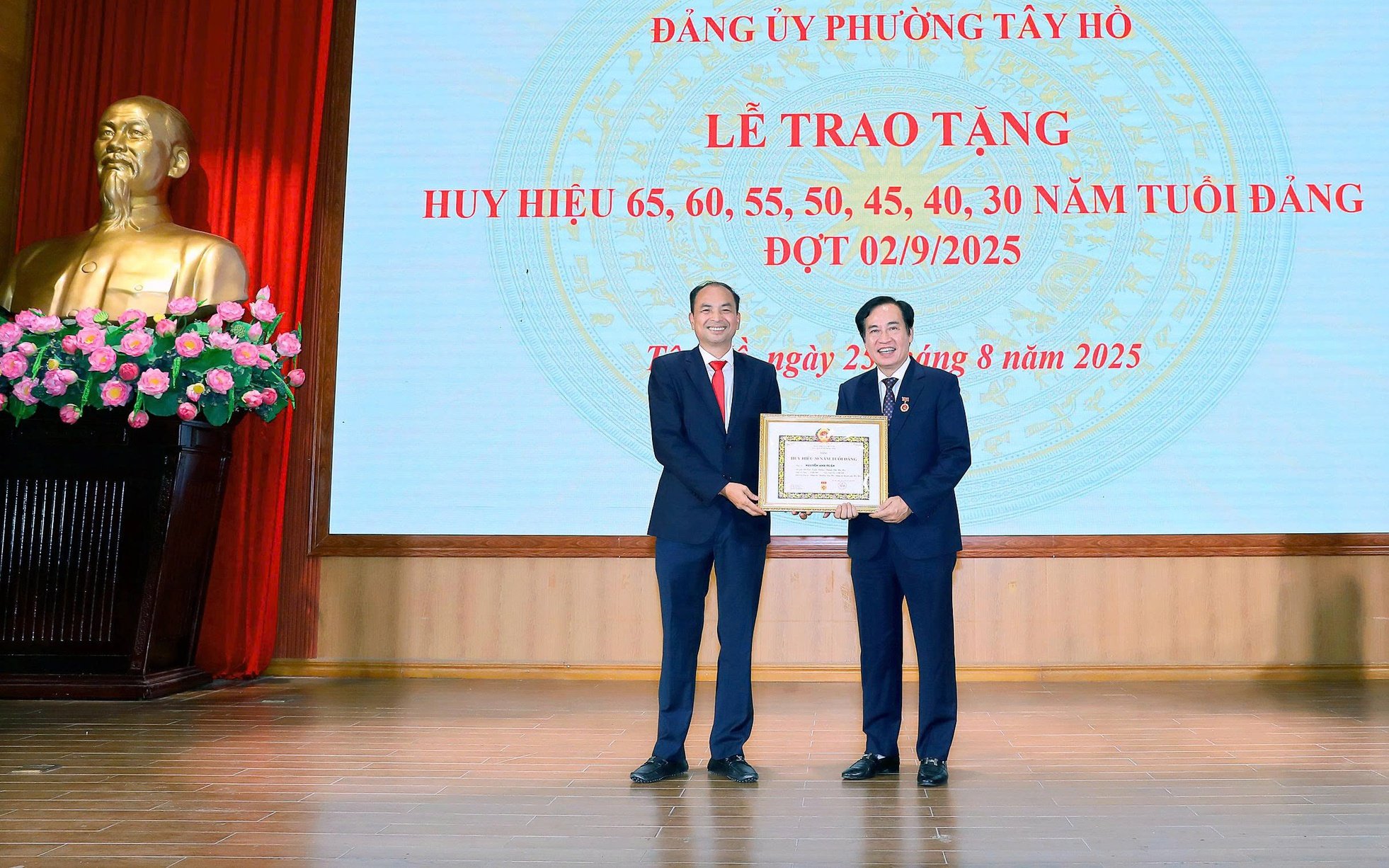
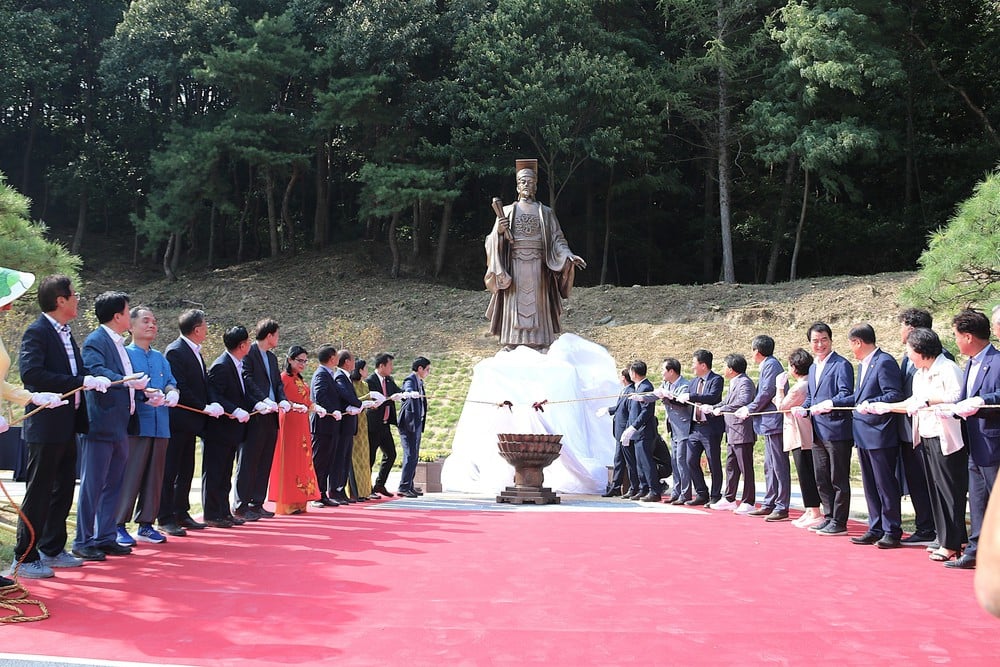

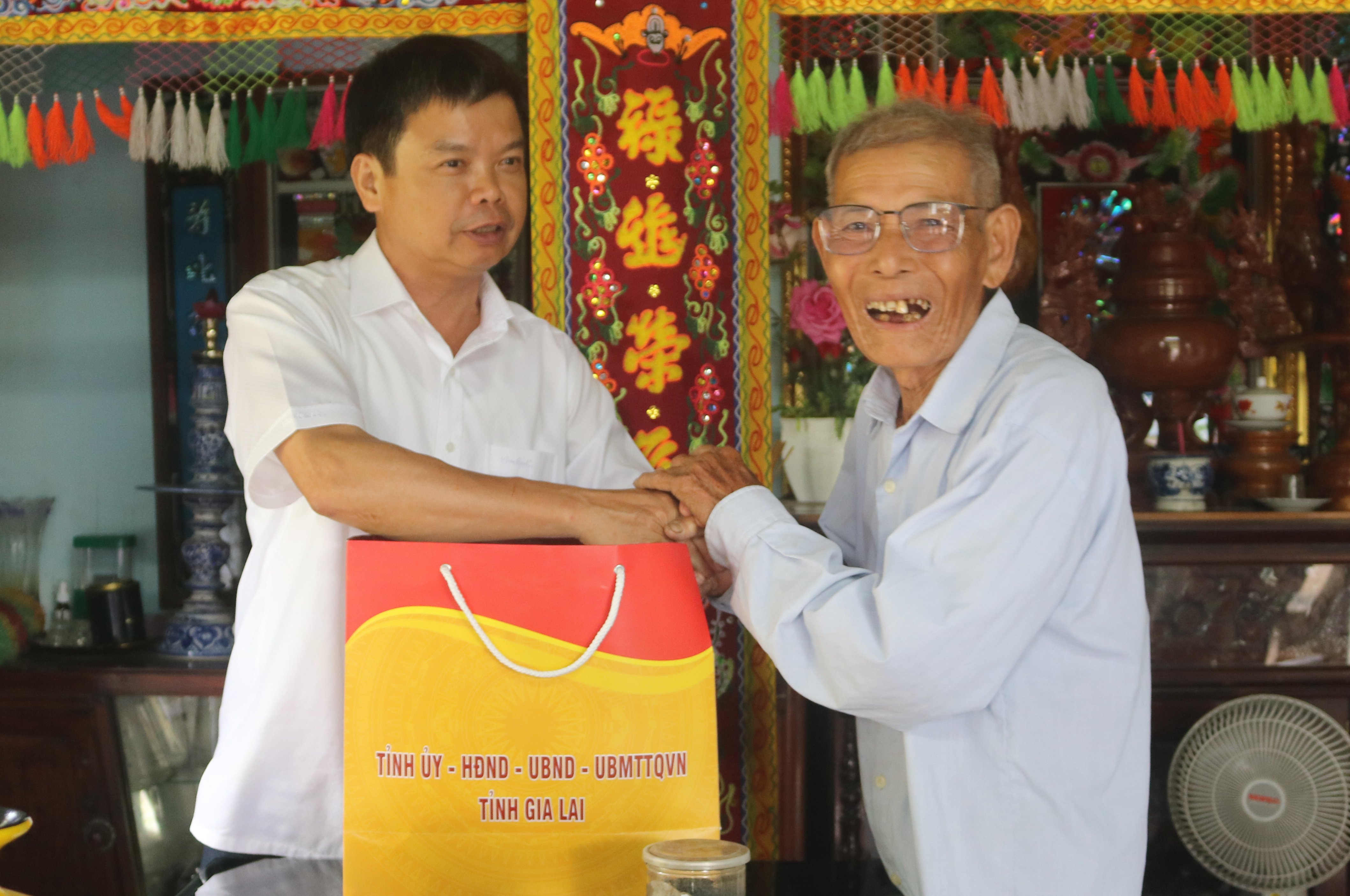
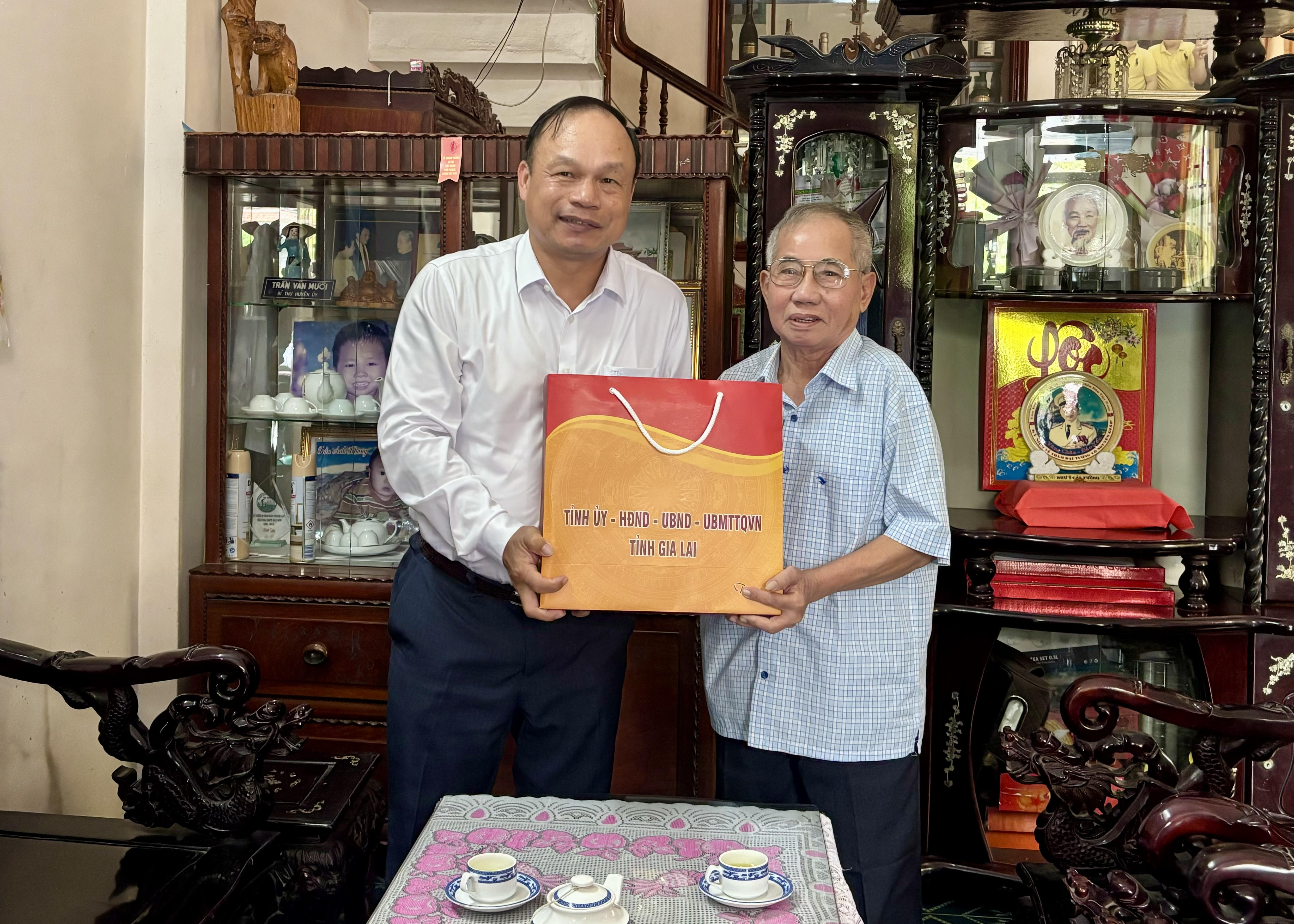


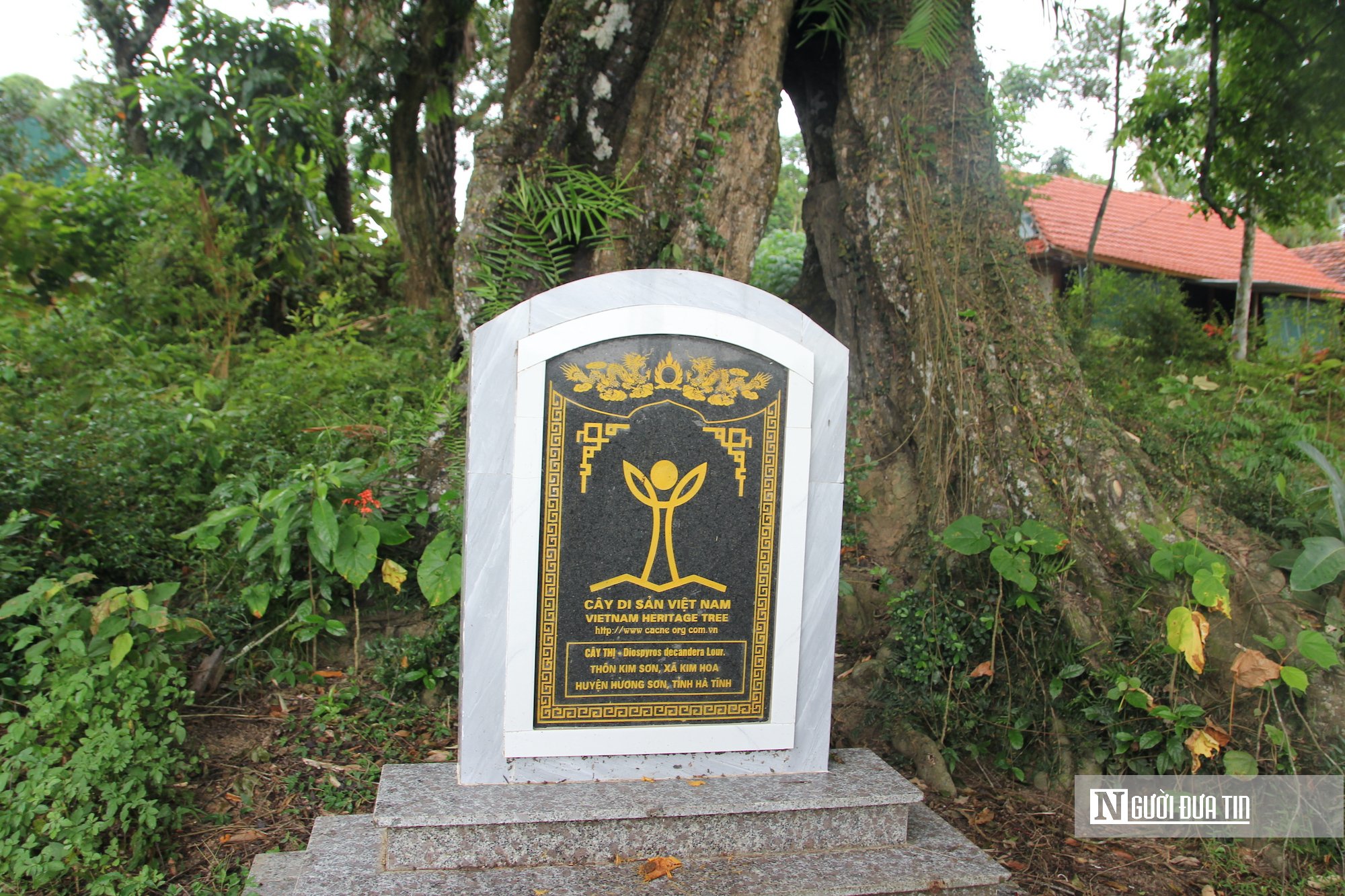

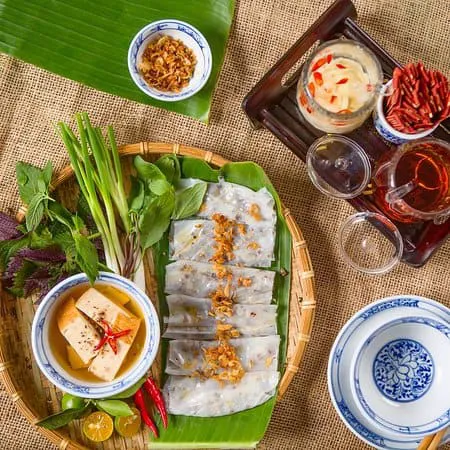

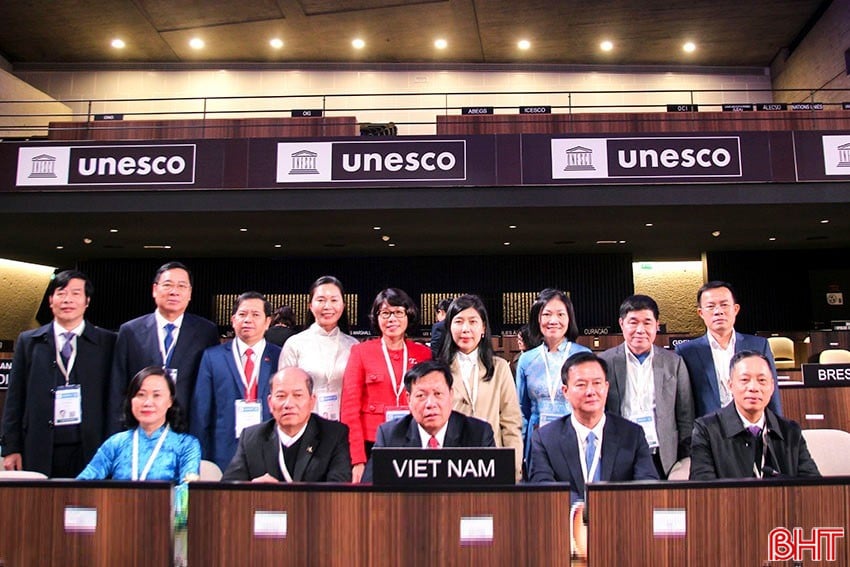

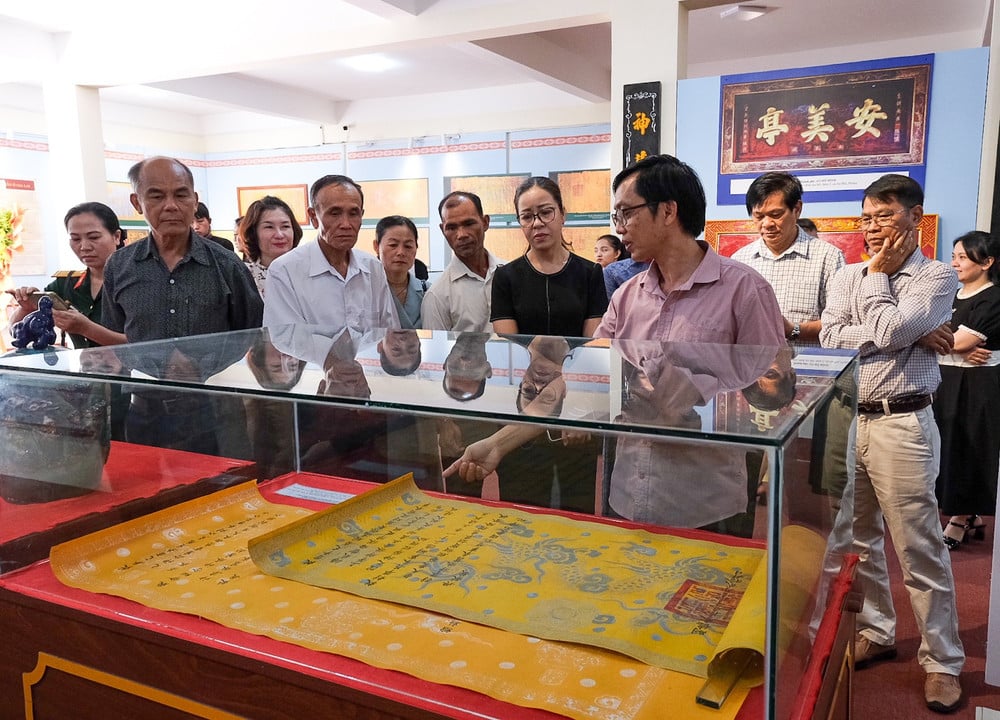

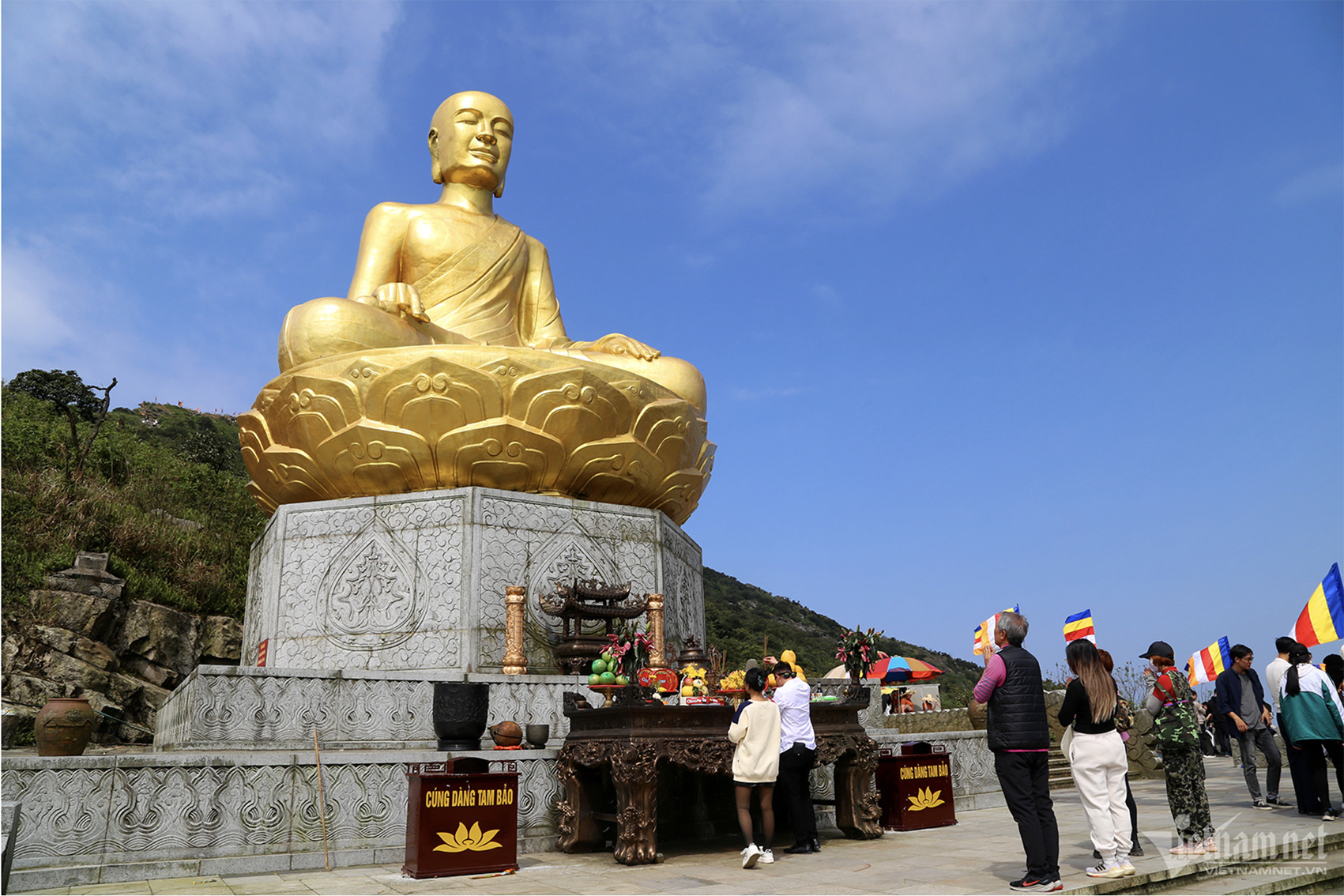

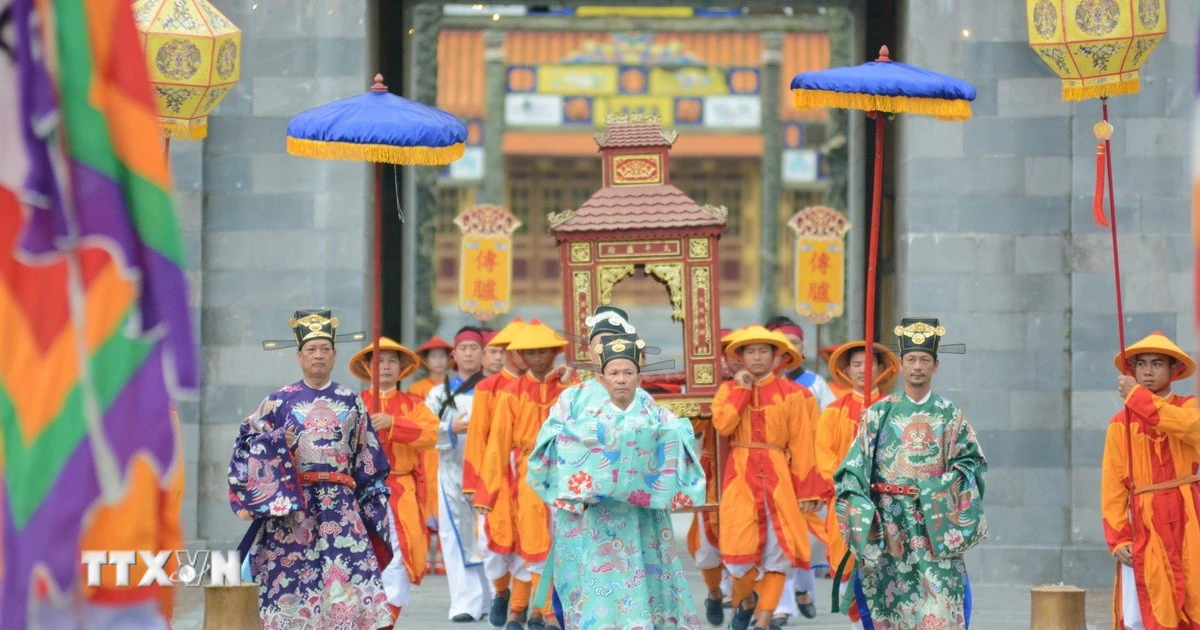







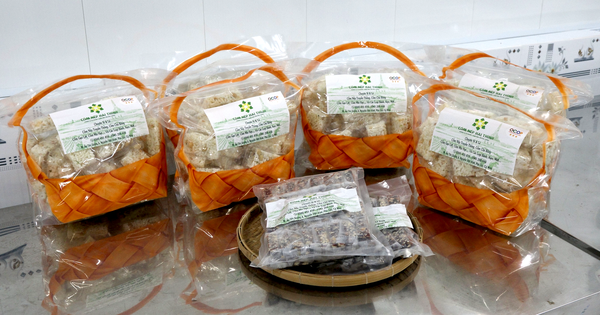


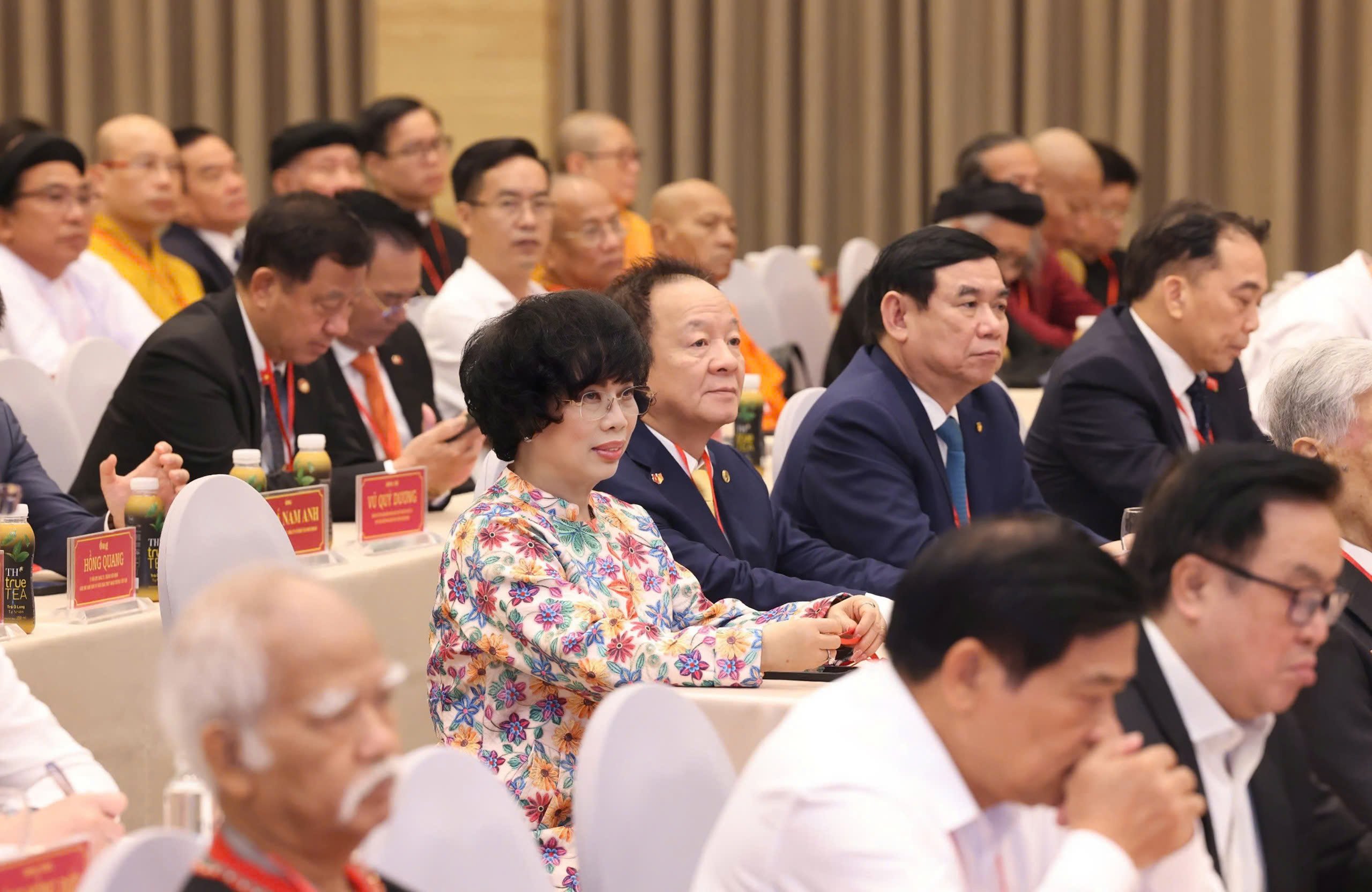
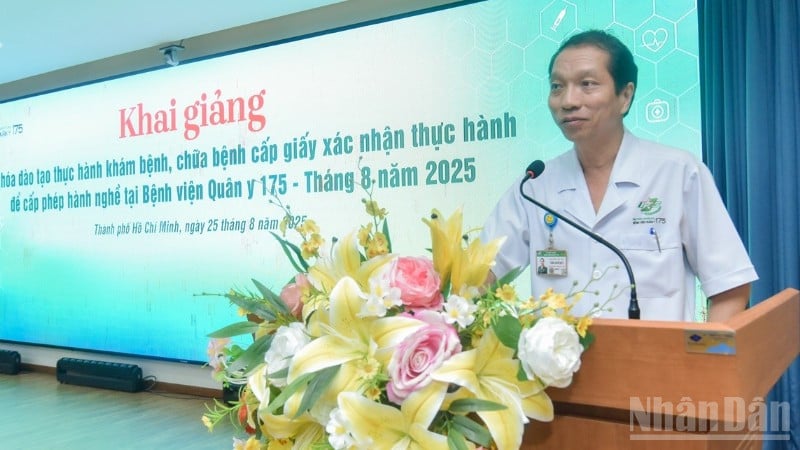

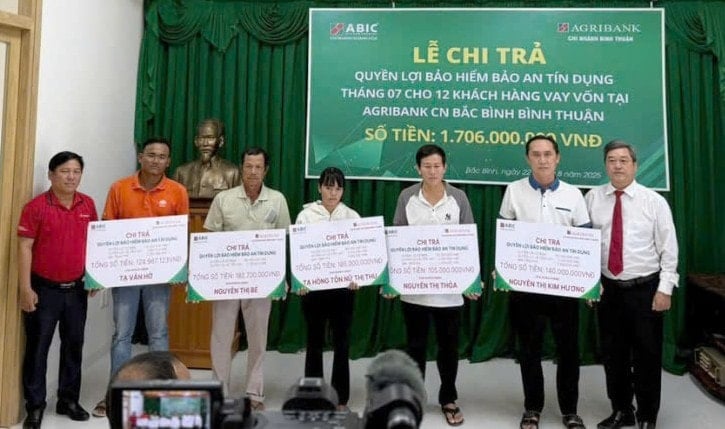

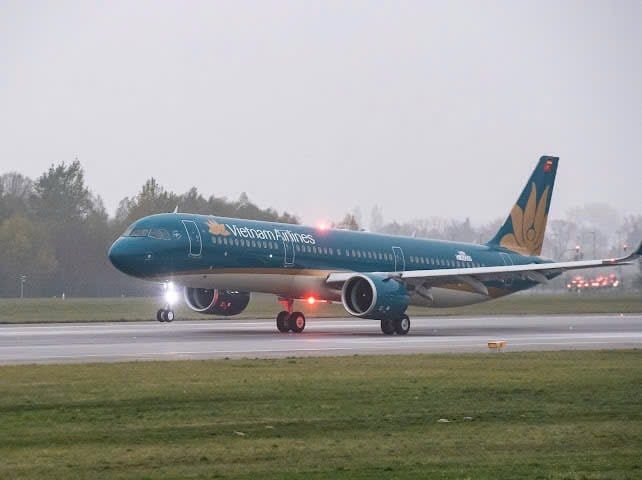
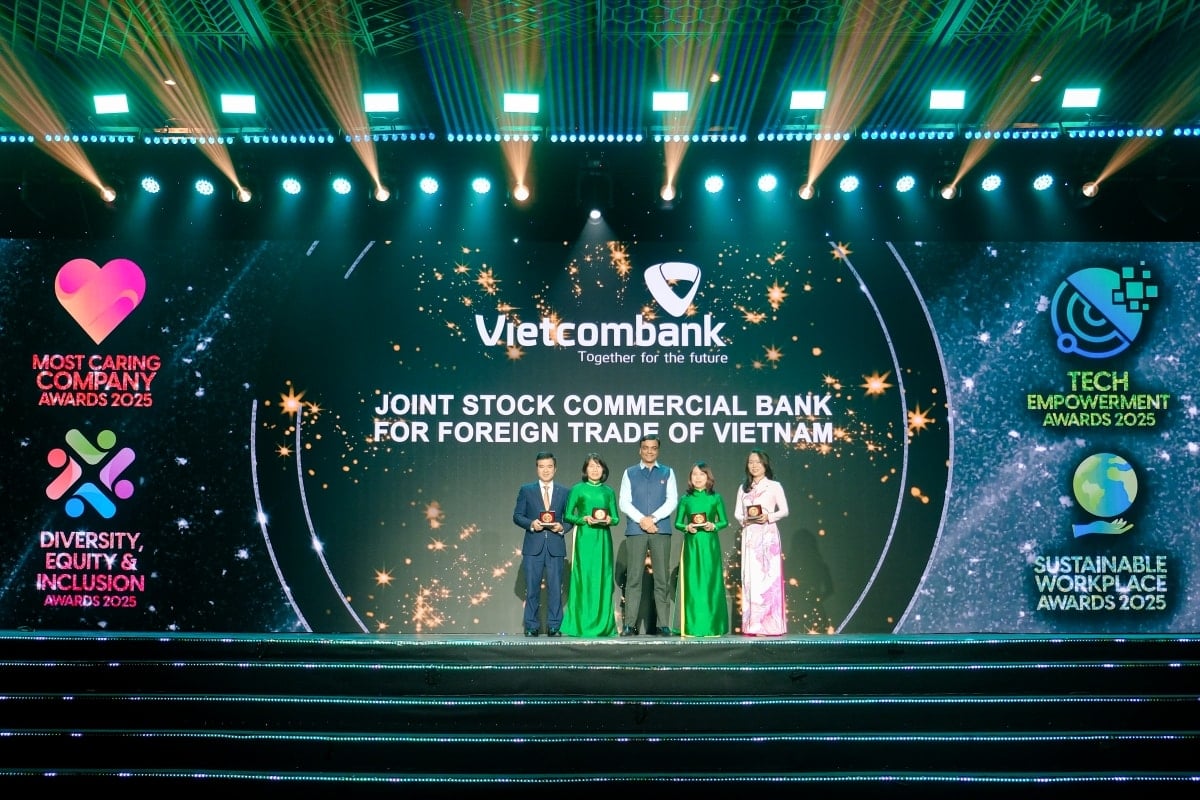
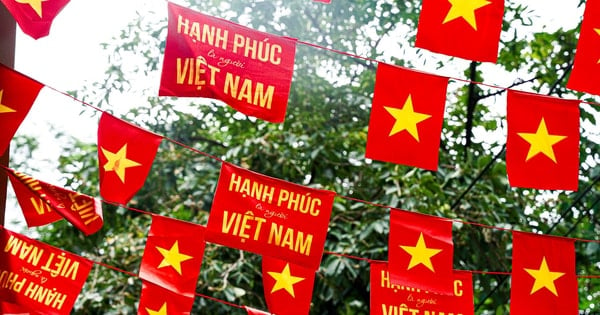






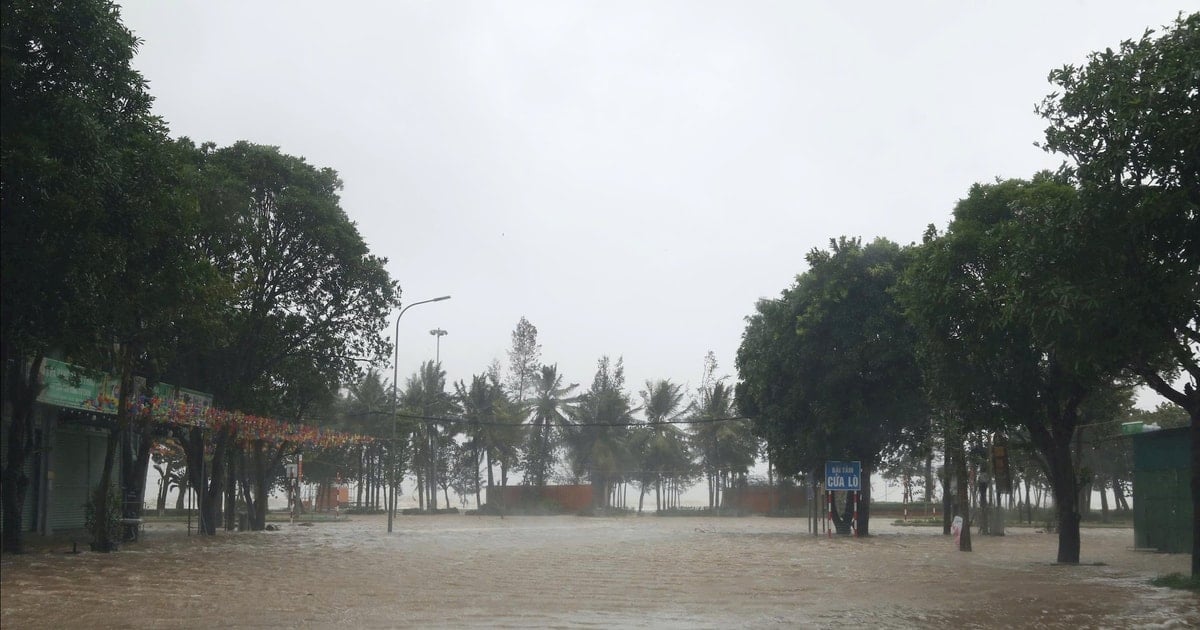










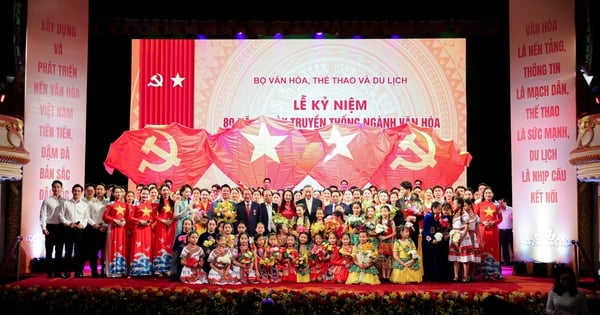
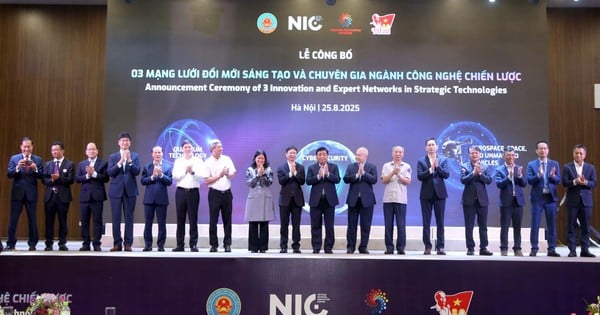





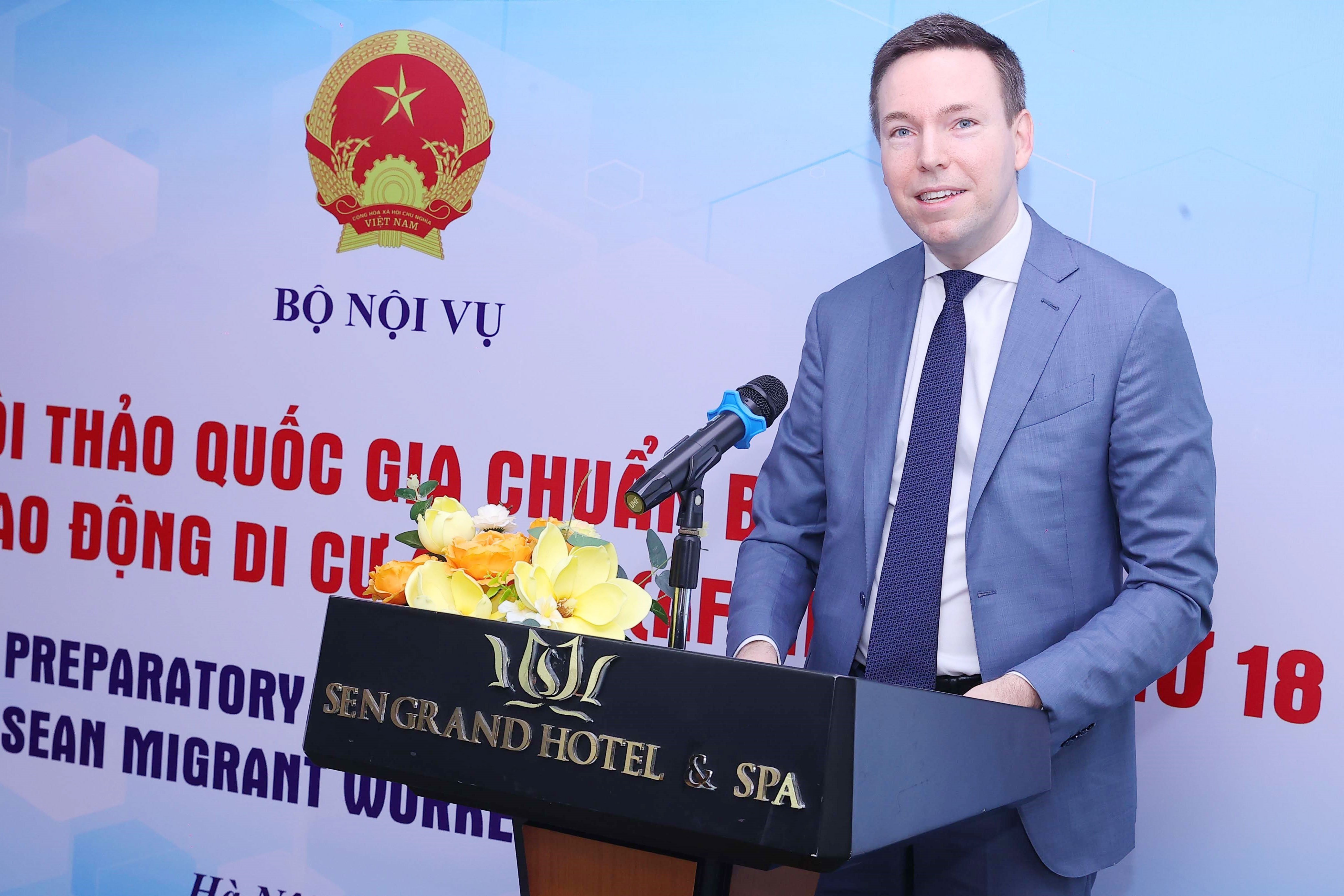




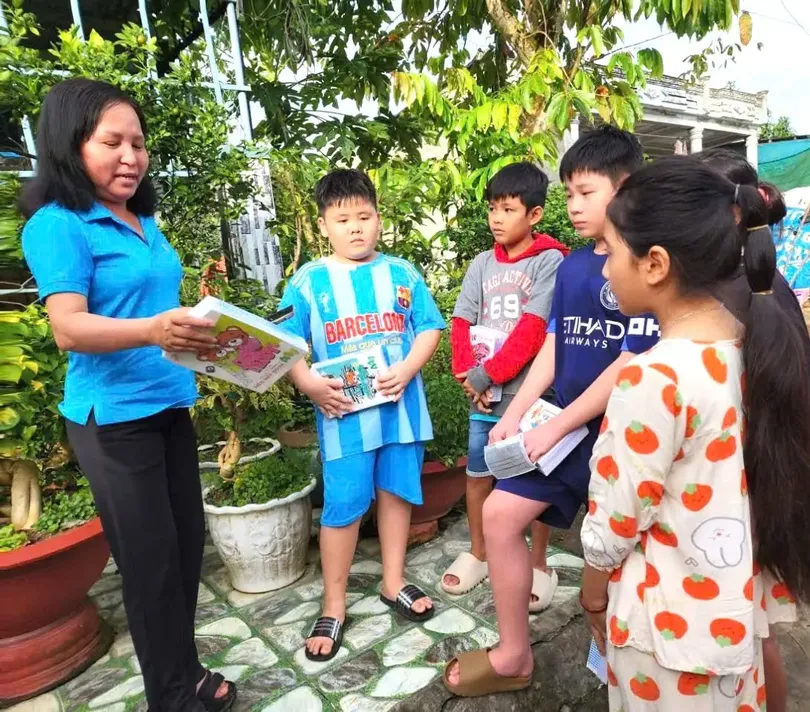









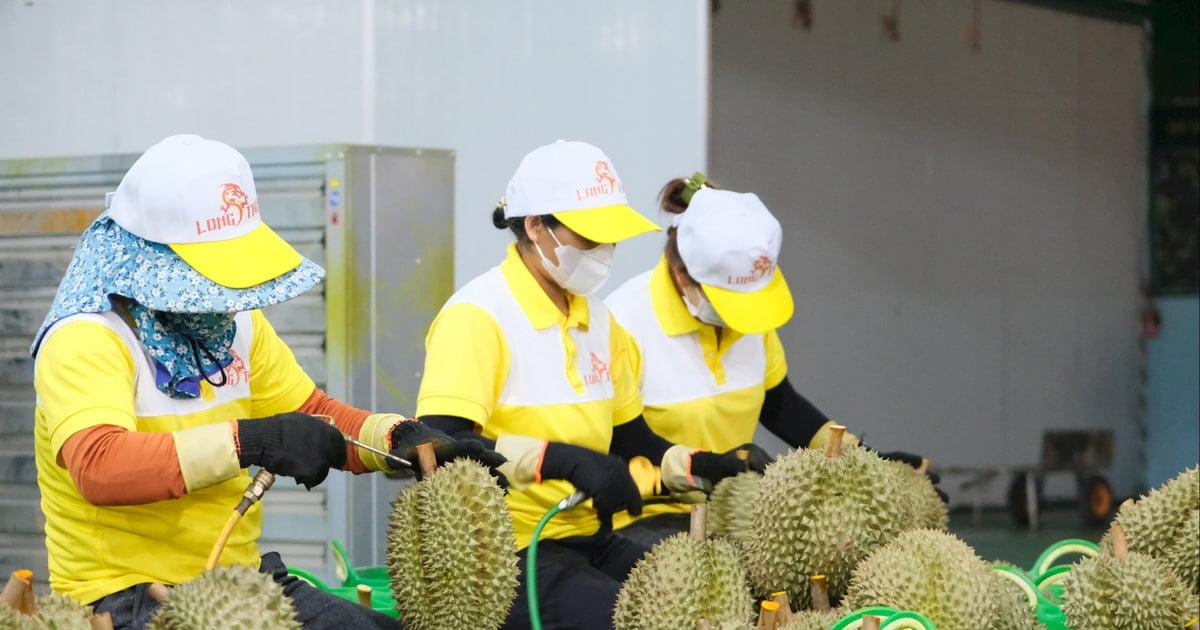






Comment (0)